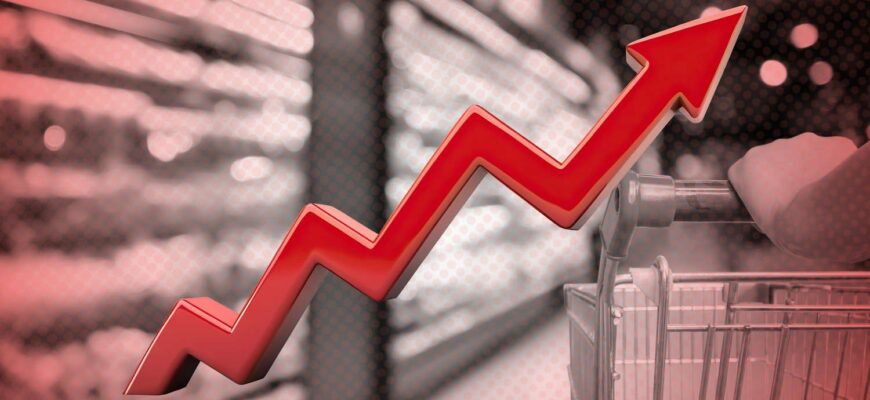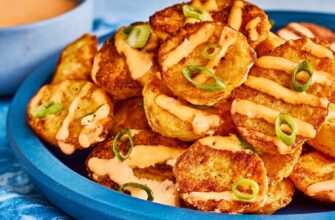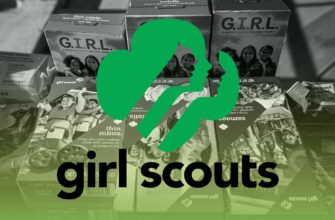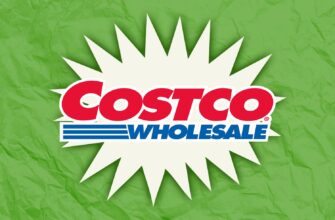Close
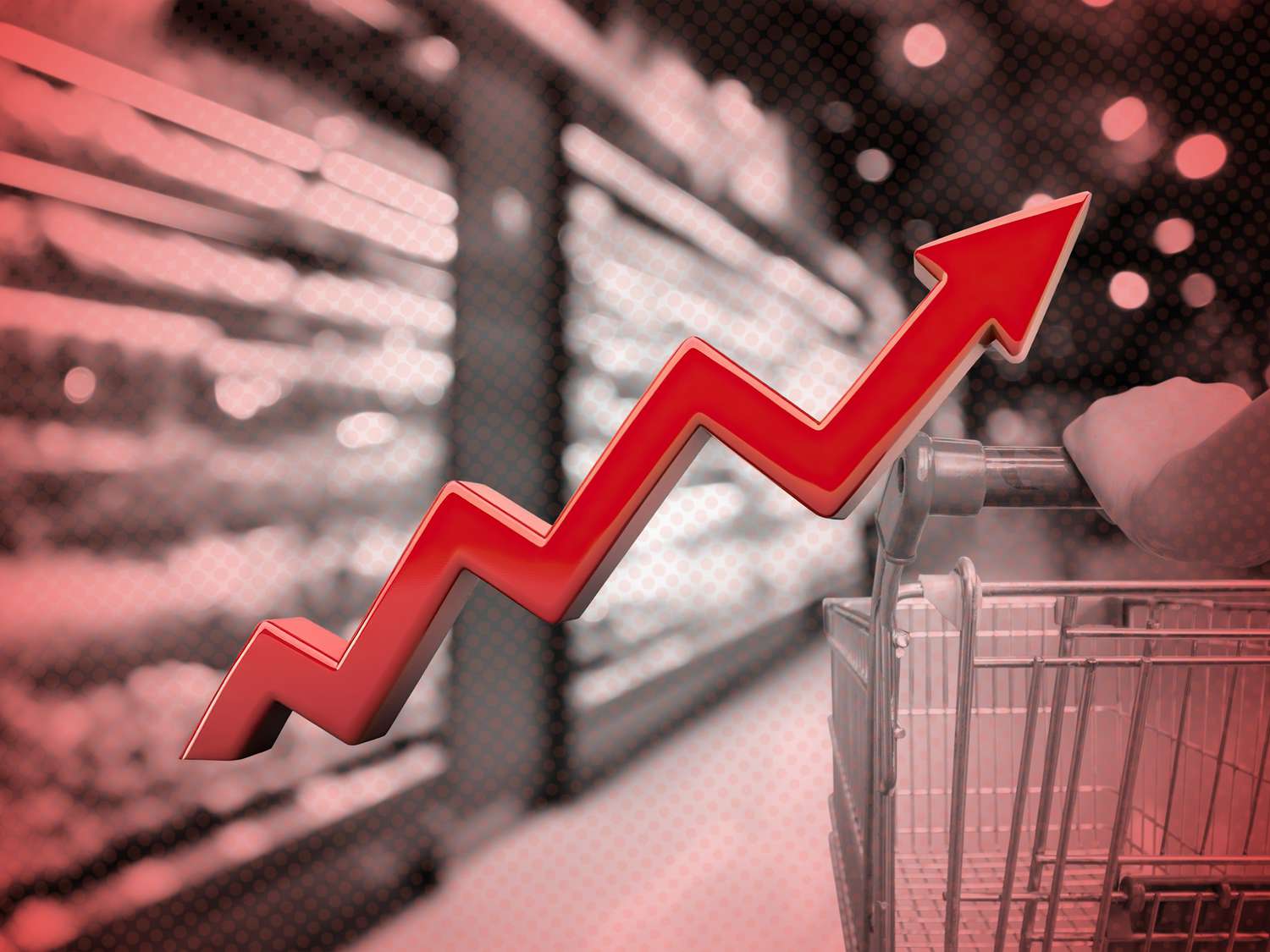
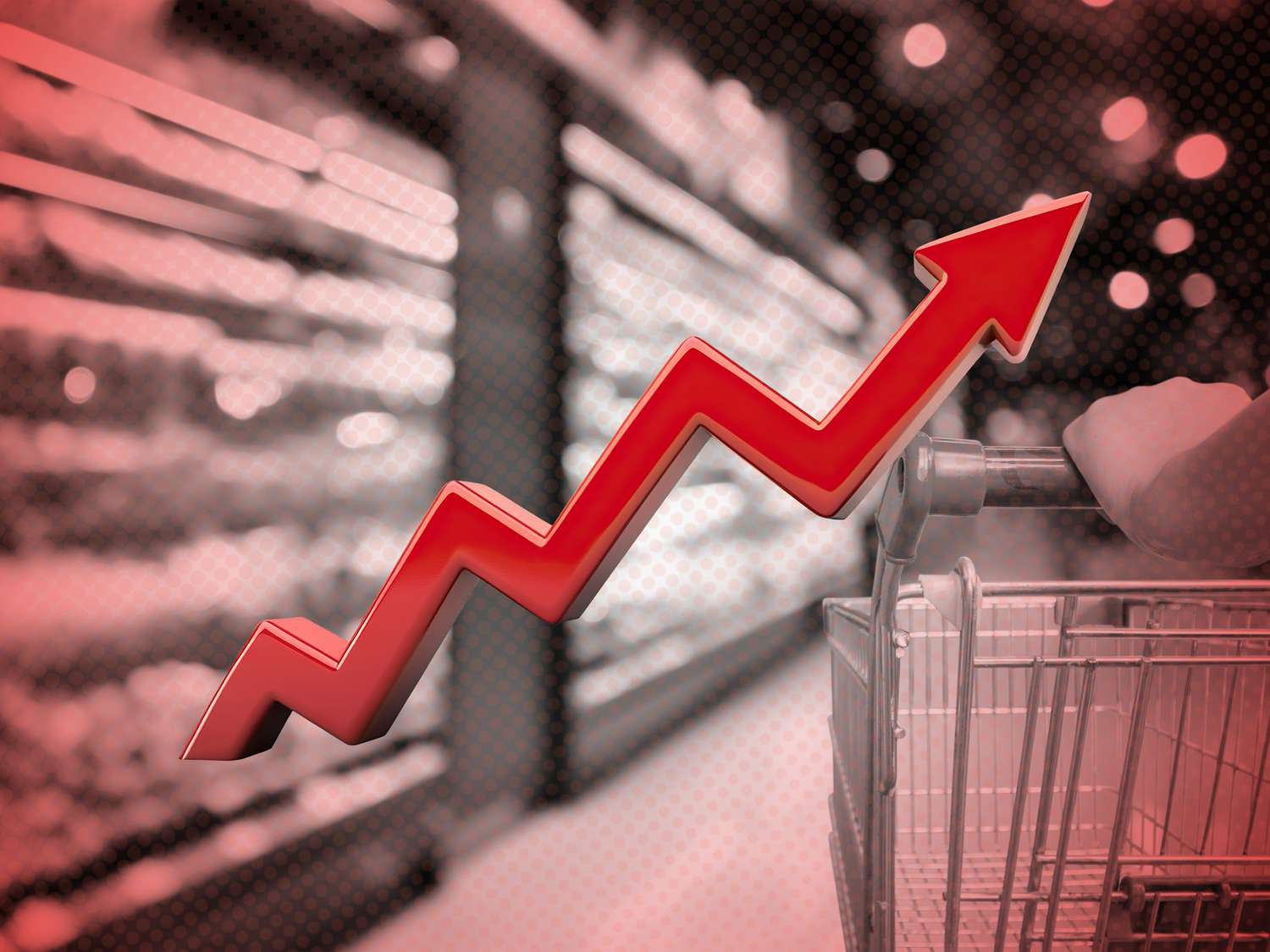
Photo:
Adobe / Allrecipes
There’s a lot changing in America right now—and if you haven’t felt it in your wallet yet, your grocery cart might soon clue you in.
The 10% universal tariffs and the threat of reciprocal tariffs (currently on a 90-day pause) have people concerned about many goods, but food is one of the most noticeable day-to-day essentials that could be impacted. It might surprise you to realize just how many of the foods in your pantry and fridge were grown, produced, or processed in other countries—from your morning coffee to your Friday night pasta dinner. And because many of these items rely on specific climates or growing conditions that just can’t be replicated on American soil, alternatives aren’t always easy to come by.
Even if you haven’t been following the news, we’re here to fill you in on how your grocery list could soon be affected. Spoiler alert: It isn’t pretty. While nothing is set in stone yet, we’re playing it safe and stocking up now—because by the time your next shopping trip rolls around, prices might have hiked.
Here are the 12 foods we’re grabbing before prices increase.
01
of 12
Cheese

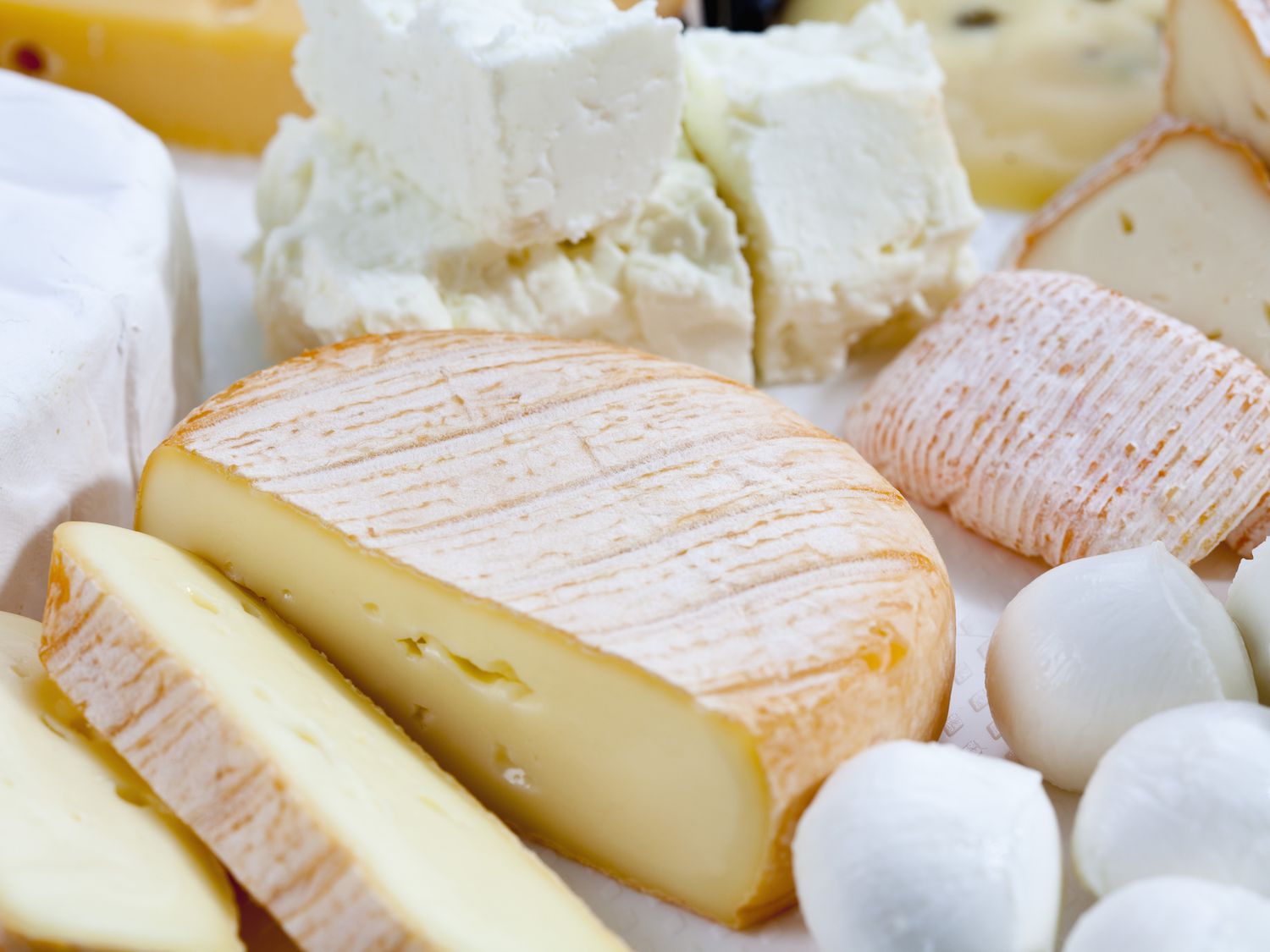
Westend61/Getty Images
Some of the most iconic, beloved cheeses have earned their status thanks to strict regional production methods and protective regulations. Sure, we make Parmesan here in the U.S., but true Parmigiano Reggiano—the kind you generously grate over pasta—can only be made in a specific region, using traditional methods.
And it’s not just Parm. If you love Pecorino Romano, Irish or English cheddar, or a decadent wedge of French brie, you’ll want to grab these imported favorites now.
02
of 12
Wine
If you’re a fan of French Champagne, Italian Chianti, or even a crisp Sauvignon Blanc from New Zealand, consider this your heads up: imported wines may be getting pricier soon. So, if you’re not ready to trade your Bordeaux for a California Cab, you may want to act fast.
“The day after the tariffs hit, I went to one of my favorite local wine shops to snap up my favorite French bottles so I’ll have Chenin Blanc all summer long without the upcharge,” shared Editorial Director Devon O’Brien.
03
of 12
San Marzano Tomatoes
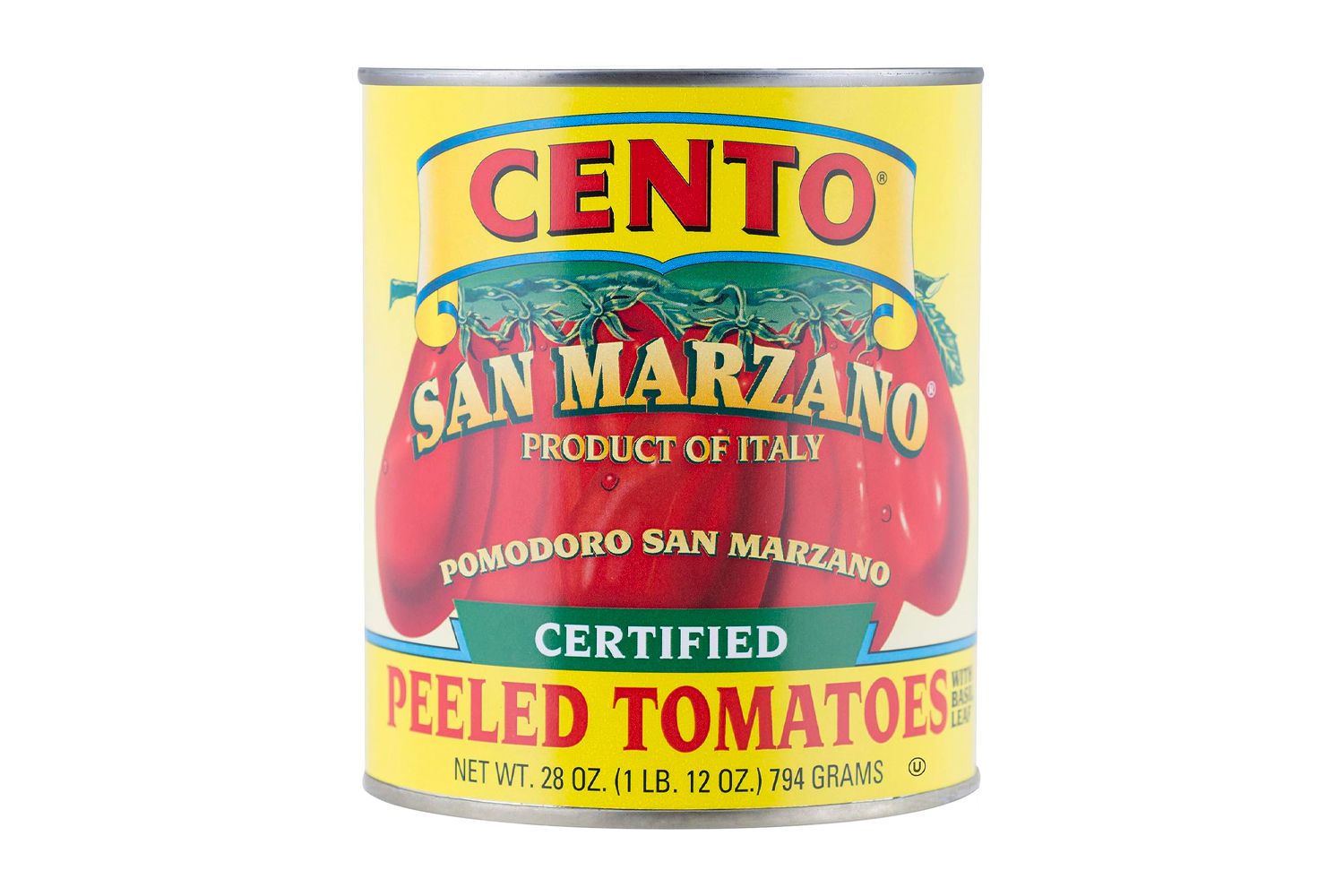

Amazon
If you know, you know. San Marzano tomatoes are a staple in sauces and Sunday gravies—and the real ones can only come from a small region of southern Italy. The volcanic soil, sea breeze, and sun make them uniquely sweet and complex.
Yes, you can get American-grown tomatoes labeled “San Marzano-style,” but purists will tell you it’s just not the same. Luckily, canned San Marzanos have a long shelf life—so go ahead and stock your pantry to enjoy authentic Italian flavor in your dishes throughout the year.
04
of 12
Coffee
Let’s be honest—coffee is non-negotiable for most of us. But we don’t grow a whole lot of it ourselves. In fact, the U.S. is the world’s largest importer of coffee, according to the USDA, with Brazil and Colombia making up about 60% of our supply.
With both countries facing 10% tariffs, our daily brews could get a lot more expensive—and that would affect our weekly budgets big time. At least four Allrecipes editors piped up and said they are going to start stocking up on the beans.
05
of 12
Vanilla
Vanilla has always been a bit of a splurge, but it could soon become even more of a luxury. That’s because most of the world's vanilla supply comes from Madagascar, which was original hit with a whopping 47% tariff. Luckily the tariffs are down to 10% for the span of the 90-day reciprocal tariff pause, but that could change in a few months.
“I’m actually buying vanilla beans today to make vanilla extract to give as Christmas gifts!” shared Senior Editor Corey Williams. “Who knows what vanilla prices will be by the end of the year?”
06
of 12
Olive Oil
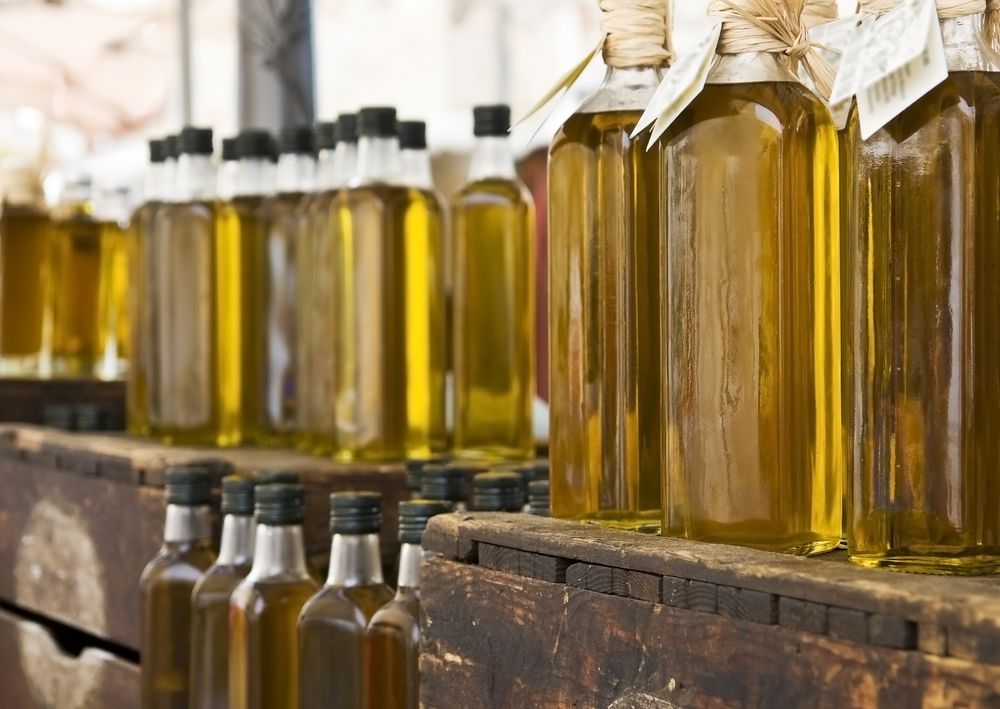
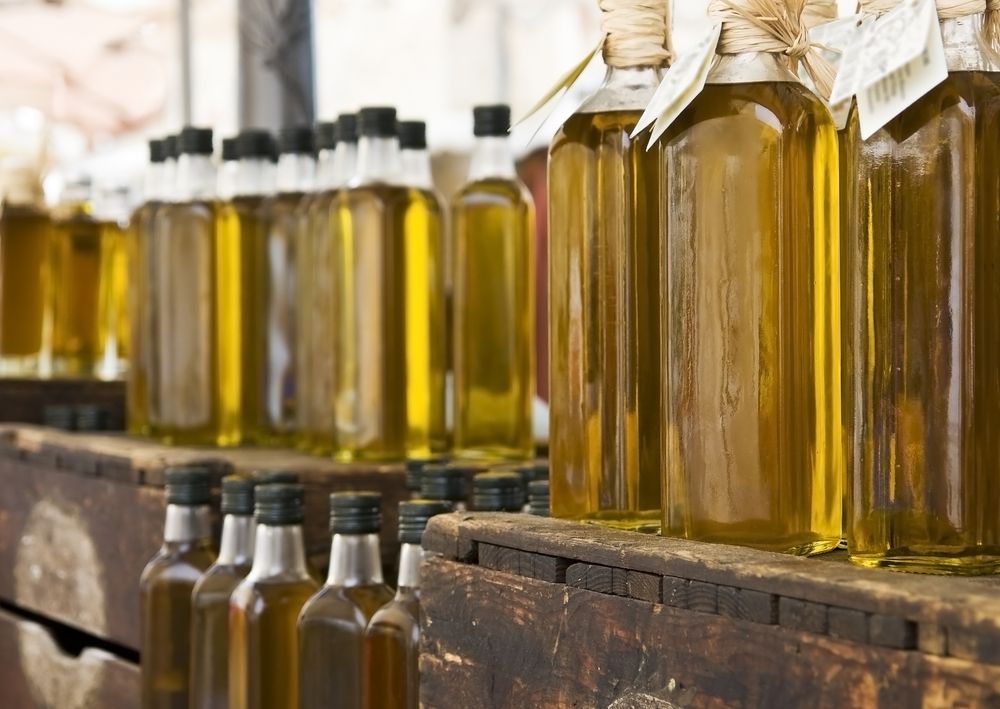
The business of fake olive oil is a lucrative one, with consumers getting regular olive oil instead of extra virgin or olive oil diluted with other oils.
dominique landau/Shutterstock
This pantry staple is another victim of geography—some of the best olive oils in the world come from Mediterranean countries, and many popular brands in the U.S. use imported olives, even if they’re crushed and/or bottled here.
One of our go-to budget buys has been the Kirkland Organic Extra Virgin Olive Oil from Costco, but because it’s from Italy and made with olives from Portugal, Tunisia, Italy, and Greece, it may not be wallet-friendly for much longer. So, we’ll be grabbing a few of our favorite bottles on our next grocery run—because a good olive oil can’t be compromised.
07
of 12
Chocolate
Chocolate lovers, brace yourselves. Between extreme weather and plant disease in West Africa—where 80% of the world’s cocoa is grown—chocolate prices were already rising. Add in new tariffs, and things could get even more bittersweet.
From Hershey’s to Kinder to Swiss chocolatiers, we’re stocking up while we can. “I’ve always kept seasonal Reese’s shapes in my freezer (they’re even better super cold), but as soon as the eggs go on sale after Easter, I’m going to grab twice as many bags as I usually do,” O’Brien shared. “Hershey’s imports all of its cocoa, so I think they’ll be hit hard by the chocolate prices.”
08
of 12
Nuts
Yes, we grow plenty of almonds, walnuts, and pecans here in the States—but if your snack drawer is stocked with cashews, Brazil nuts, pine nuts, or macadamia nuts, you’ll want to take note. Most of these are imported, and U.S. supply just isn’t enough to meet demand.
So if you’re a trail mix fan or a pesto lover, now’s a good time to fill your freezer.
09
of 12
Butter
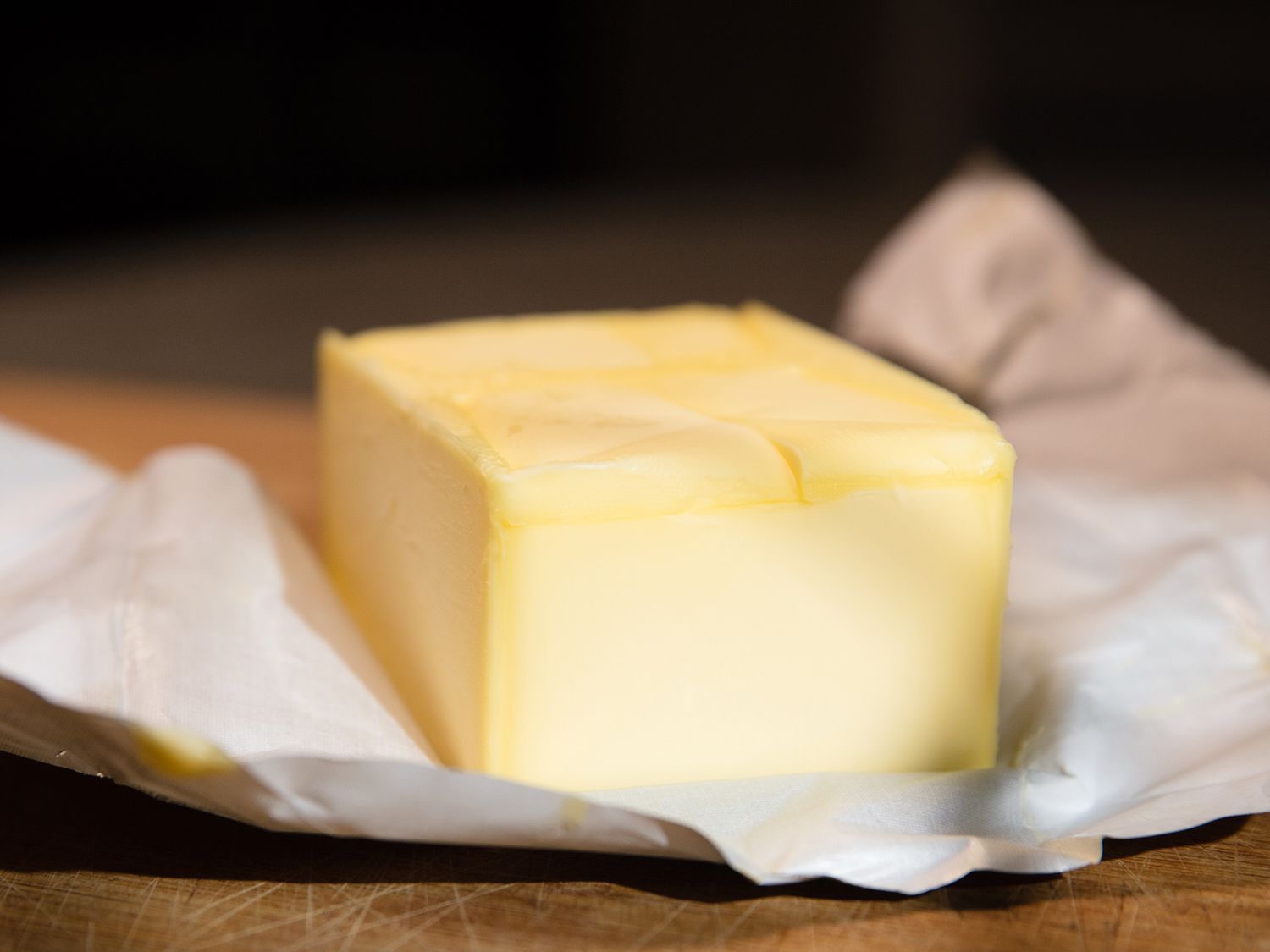
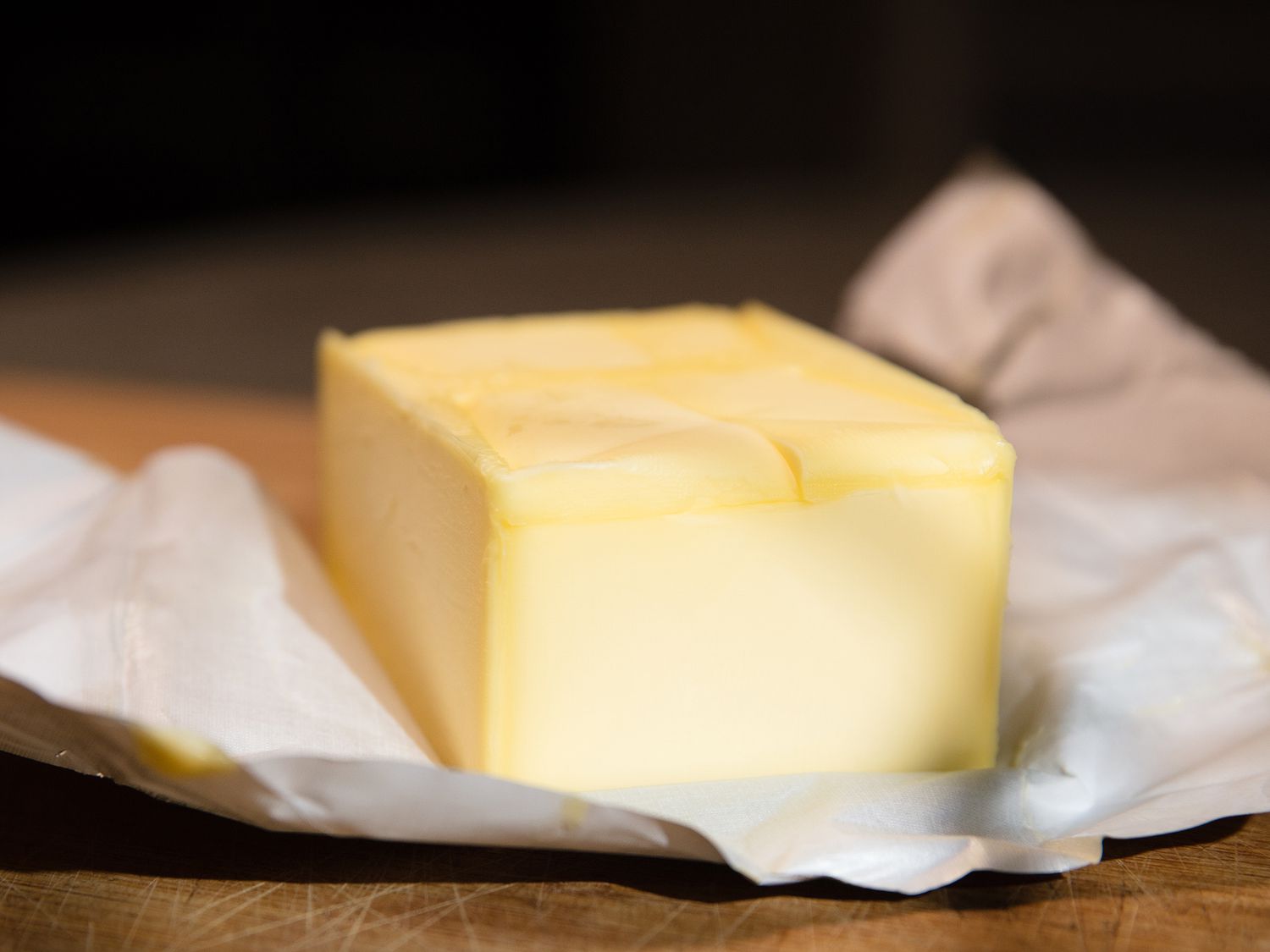
Here at Allrecipes, we’re big believers that the right butter can make or break a recipe. European butter (like our favorite, Kerrygold) has a higher butterfat percentage and is often cultured, which gives baked goods a richer, more luxurious taste—and we’re planning to stock up now.
If you’re a Costco shopper, you may even want to pick up this Kerrygold dupe, which can be found at a slightly lower price point (for now). Bonus: it freezes well!
10
of 12
Spices
Spices might not seem like an urgent concern… until your cinnamon, ginger, or curry powder runs out. Many of the world’s most-used spices are grown in Asia and Africa, and those regions are facing steep tariffs if the reciprocal tariffs are reinstated.
We’re checking our expiration dates and doubling up now—especially with fall baking season around the corner.
11
of 12
Fruit
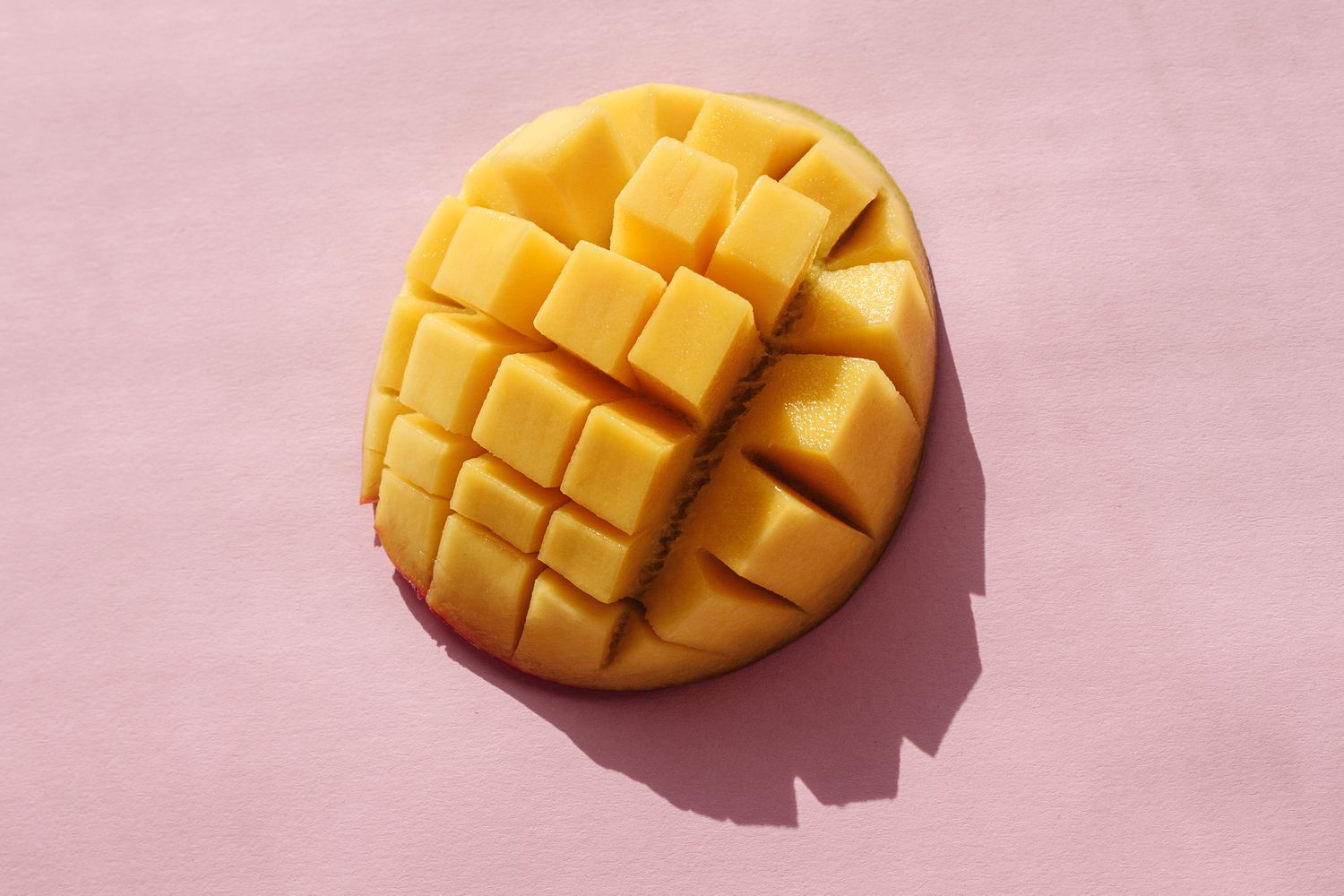
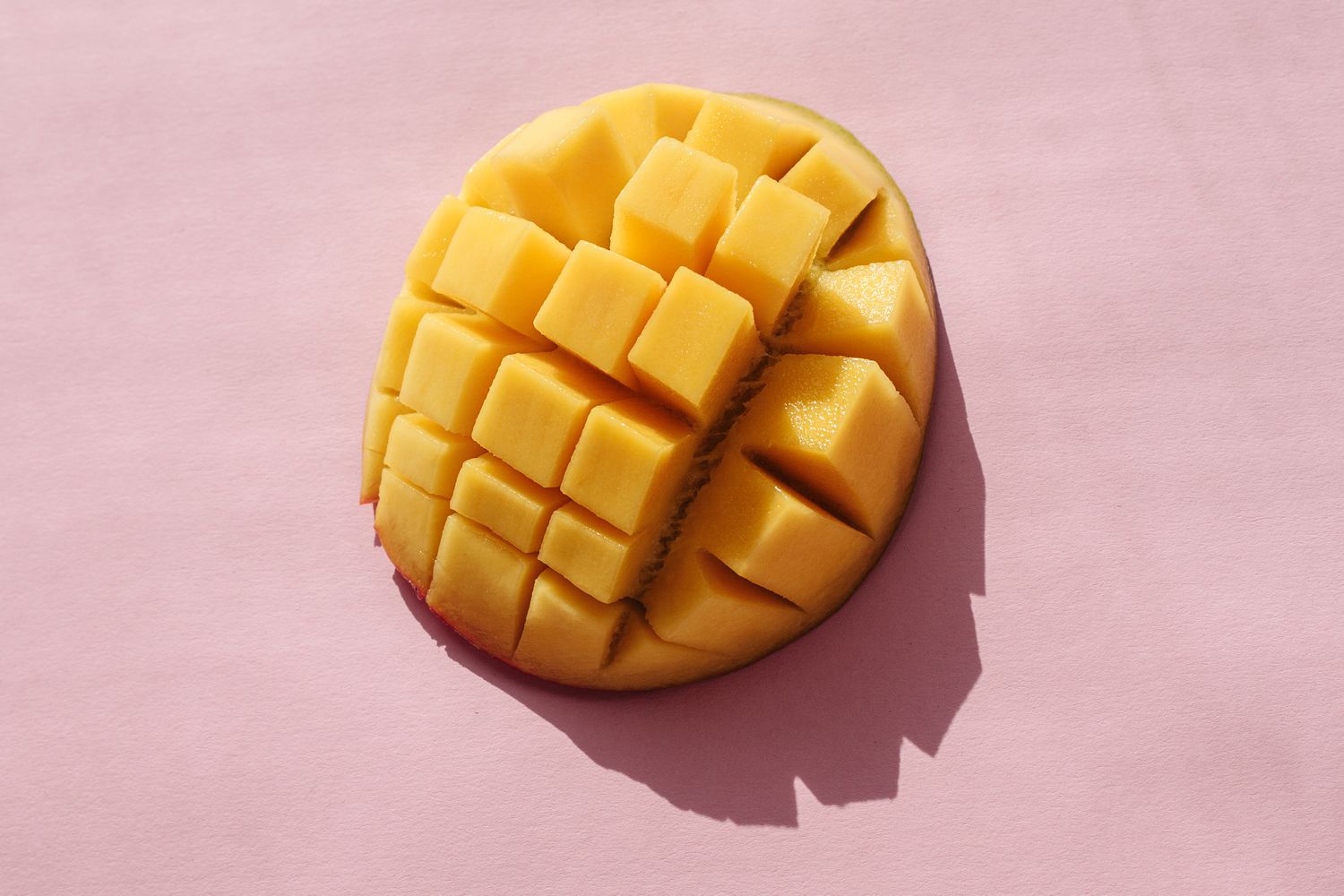
Anna Blazhuk/Getty Images
Tropical fruits like bananas, mangoes, and pineapples are largely imported from Central and South America. In fact, in 2023, the U.S. was supposedly the largest banana importer in the world, with most of the supply coming from Guatemala, Ecuador, and Costa Rica.
If these are regulars in your smoothie rotation, consider stocking up—especially in the freezer aisle. “Trader Joe’s frozen mango—going to grab as many bags as I can fit in my freezer before prices go up!” O’Brien announced.
12
of 12
Snacks
Some of our favorite international snacks are likely to be affected, too, simply because there aren’t factories producing them stateside. Turtle Chips, Nutella, Jaffa Cakes, and Percy Pigs all come from international suppliers and could soon come with a heftier price tag.
So, if there’s a snack you can’t live without, now’s the time to toss it in your cart in case it becomes hard to find or more expensive.
While we’re still waiting to see exactly how these tariffs play out (the landscape is changing almost daily!), there’s no harm in being prepared. If any of these ingredients are regulars in your kitchen, now’s a good time to buy a little extra. Worst case, you’ve got a well-stocked pantry. Best case? You’ve outsmarted inflation with a freezer full of butter and coffee beans.
Was this page helpful?
Thanks for your feedback!
Tell us why!
Other
Submit
